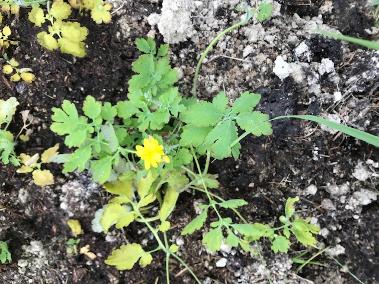Yellow Flowers

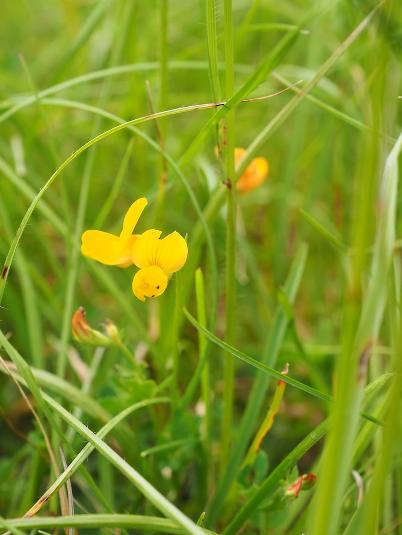
Horseshoe Vetch (Hippocrepis comosa)
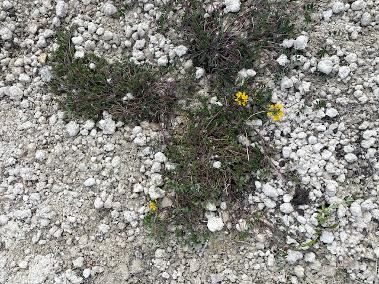
The only food source for the Chalkhill Blue and Adonis Blue butterflies. It also provides food for the Dingy Skipper butterfly, bees and other insects. Flowers from May to July. Its seed pods curl and resemble a string of horseshoes.
Mouse-ear Hawkweed (Hieracium pilosella)
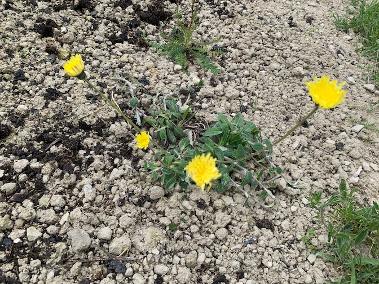
Attracts a variety of insects. It has been used in herbal medicine to treat respiratory infections.
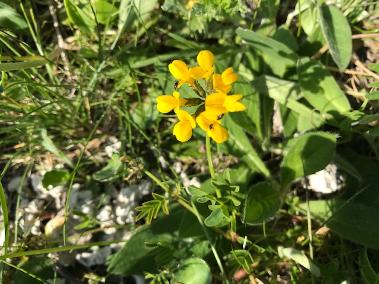
Sole food plant for the caterpillars of the Small Blue butterfly. Also known as “Woundwort” as was used to heal wounds and treat kidney problems.
Lady’s Bedstraw (Gallium verum)
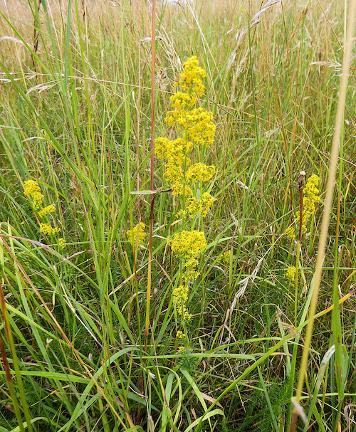
St.John’s Wort (Hypericum perforatum)
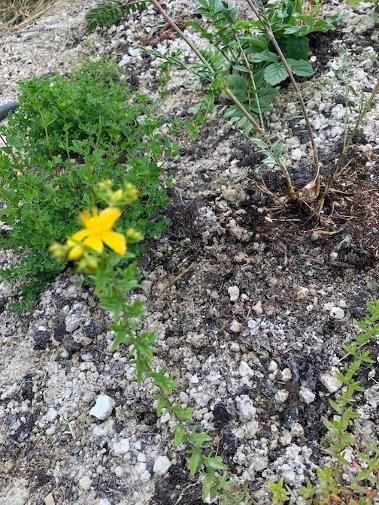
A number of insects, especially beetles, are dependent on this as a food source. It is used as a treatment for depression. It flowers from June to September. The flowering period usually begins around St. John’s Day on June 24th.
Rough Hawkbit (Leontodan hispidus)
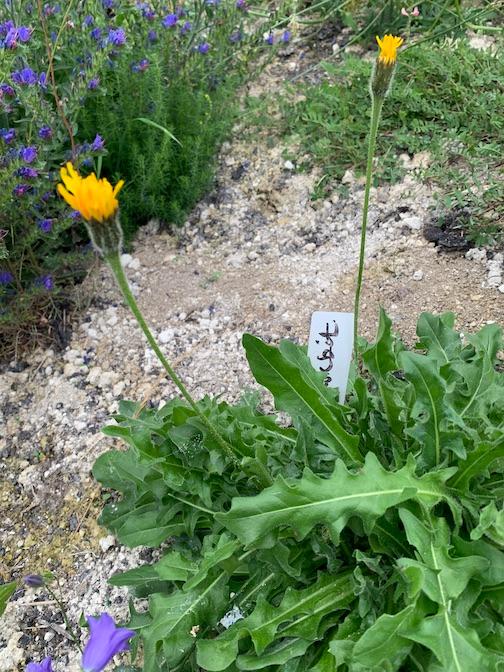
Flowers in summer and early autumn. The flower-heads and leaves are very similar to those of the Dandelion.
Cowslip (Primula veris)
A member of the Primrose family which flowers in early spring.
Coltsfoot (Tussilago)
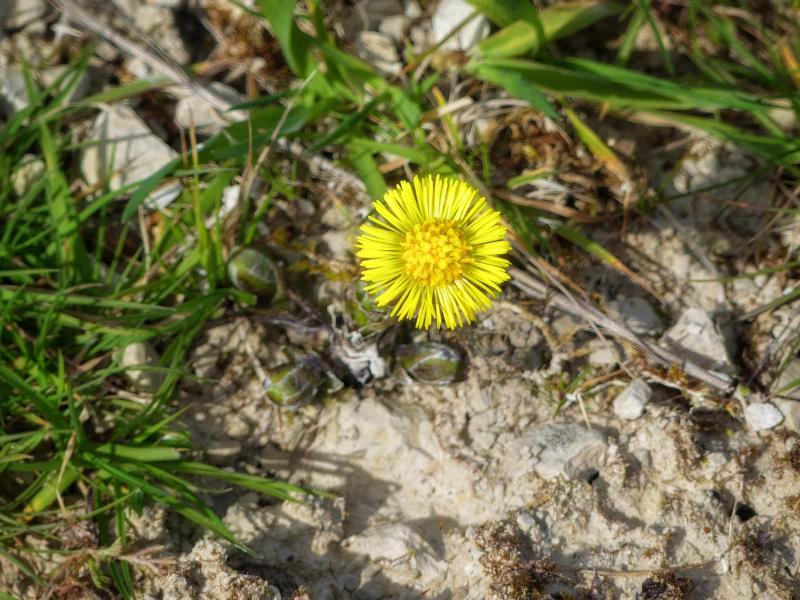
It gets its name from the shape of its leaves which resemble hoof prints.
